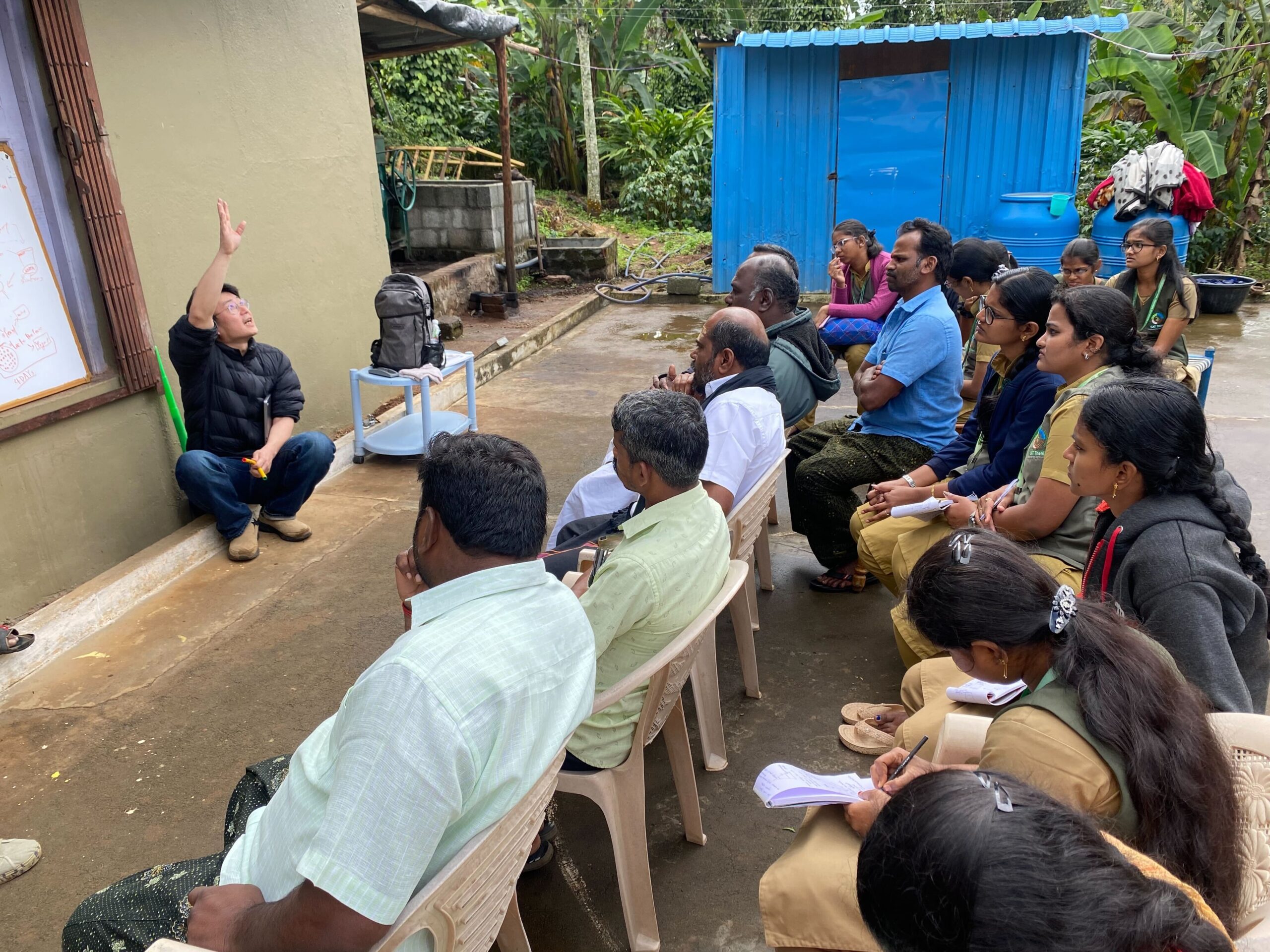Coffee is widely cultivated and produced in Africa, which is considered to be its birthplace, and in Central and South American countries such as Brazil. However, the volume produced is increasing in Southeast Asian countries such as Indonesia, Thailand, Laos, and Myanmar, and recognition for its quality is also increasing. We interviewed Hirofumi Yamamoto, who is in charge of production areas for Uminomukou Coffee, which handles coffee from more than 30 countries, including in the ASEAN region.
From desk research to production areas and practical study
Authentic richness learned in situ
– Please tell us about your background in coffee.
When I was in college, I fell in love with coffee when I was taken to a coffee shop that roasted its coffee in house. I was studying sociology, and at that time there were the terrorist attacks in the United States and the invasion of Iraq, and I was interested in international issues. Even so, the more I studied, the more hopeless I felt. But first of all, it’s more important how you deal with the people right in front of you—people that you casually interact with in familiar places such as coffee shops. Peace will grow from there! That’s what I began to think. So, I was attracted to the function that a coffee shop can have of creating a community. Of course I’m interested in coffee itself, but I think it’s interesting to see how people build relationships and create culture through coffee.
– What kind of work did you do after you graduated?
I worked at a coffee shop. Then, I wanted to learn more about coffee production areas and cultivation, so I enrolled at a university in a mountainous area of the Philippines. I could not speak English at all, but the Filipinos, including the farmers, spoke very good English, so my English naturally improved while I was learning about cultivation. At that time, I was asked to work on community development that aims to improve the lives and incomes of local people through coffee. There were both difficulties and failures, and as I learned a lot from the farmers and deepened my relationship with them, my thinking that “these people are poor and we need to help them” changed completely. Surrounded by nature, the indicator of people’s happiness is how much land, property, and livestock they have, not money. Coffee matches people’s lives and is truly rich.
From slash-and-burn agriculture to cultivating forests
And the potential for coffee cultivation
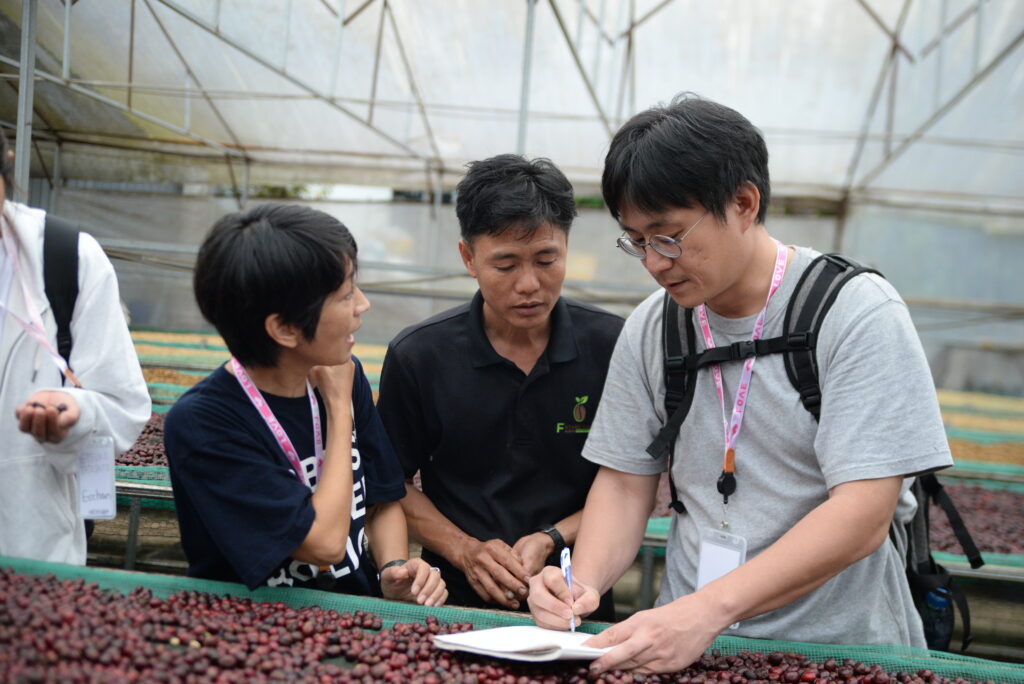
– On The Slope’s Uminomukou Coffee, where you are currently working, values the building of win-win relationships between producing countries and consuming countries. Please tell us about your background and any interesting stories from it.
The purpose of our parent company On The Slope’s business is to popularize organically grown vegetables that have a low environmental impact. I thought this could be done overseas, so I had my sights set on Africa, but on a project basis, I sometimes struggled with how to use subsidies. Well, what can we do in Asia? When I started to think about this, I was asked by someone from a particular organization, “Can you do something about deforestation in Luang Prabang, Laos?”
– Do you mean that the forests are being damaged by slash-and-burn farming to grow vegetables that can quickly become profitable?

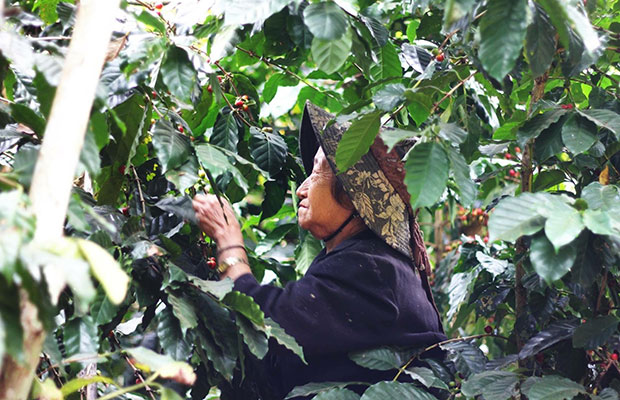
The slash-and-burn cycle accelerates year by year, and the capacity of the land to retain water declines. On the other hand, coffee is grown in the forest while planting trees, and its cashability is very high. However, since it takes two or three years from the start of cultivation to shipping, we thoroughly investigate whether coffee is really good for a village, and spend time talking to the villagers until they are convinced. By doing so, we are making it a business that has at least some kind of social impact.
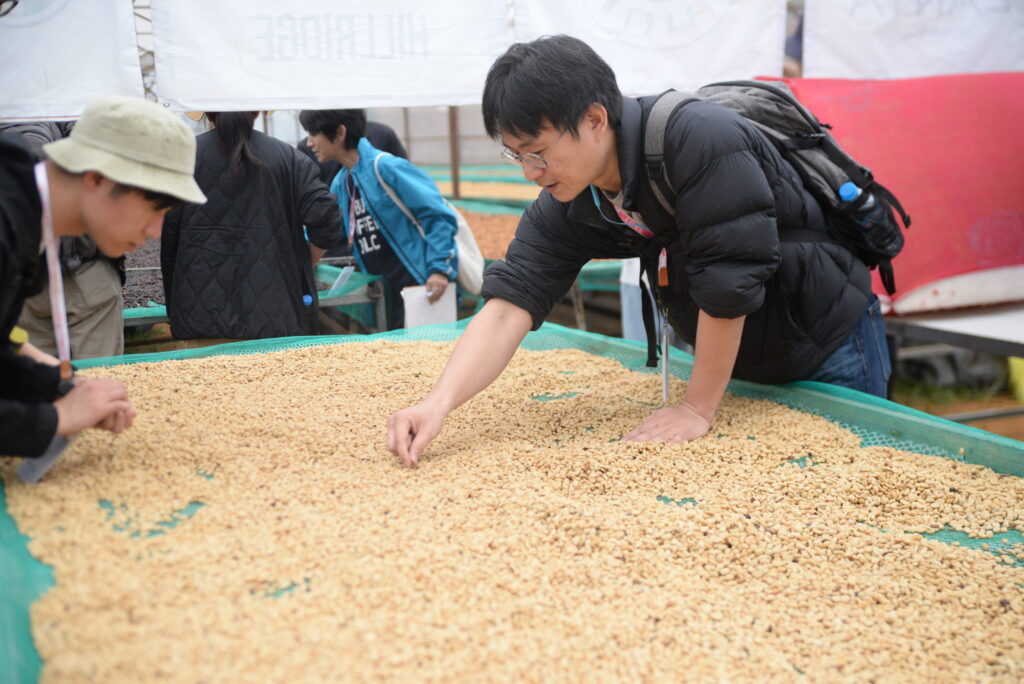
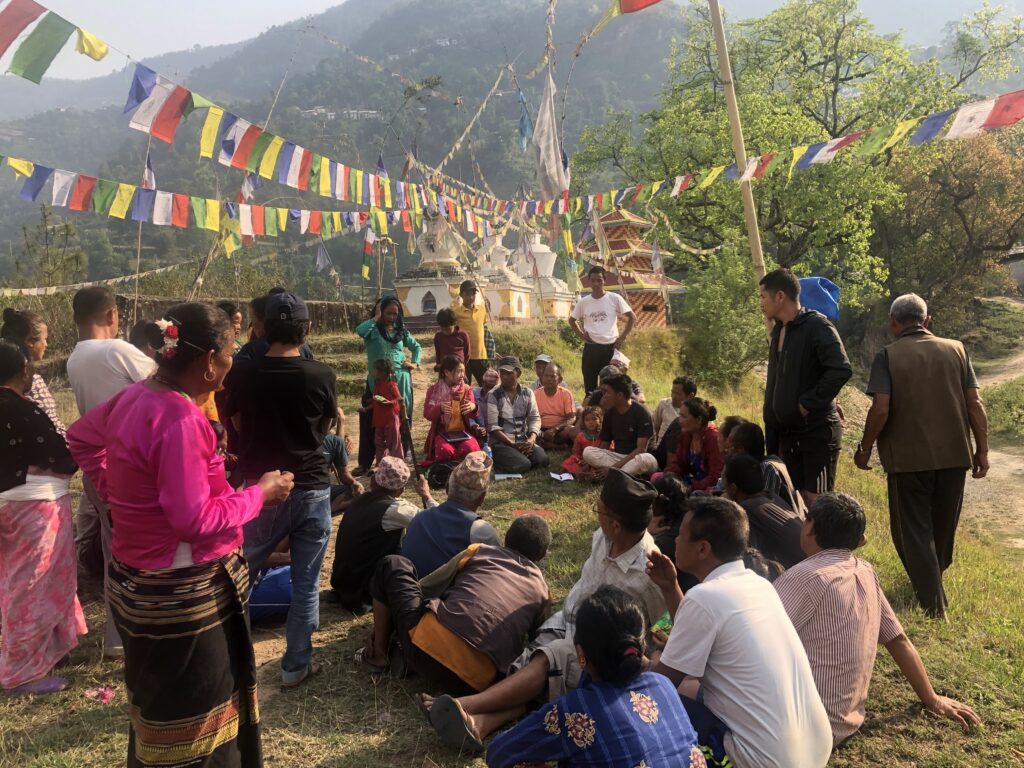
– Which country made an impression on you?
East Timor. It is a land with a long history of coffee cultivation, where old-fashioned native species still exist. It was difficult to convince the farmers, who are proud and have excellent skills, that it is important to further improve the quality of their products if they are to sell in the international market. Since they do not understand English, I studied the local language, Tetum, in order to communicate. Farmers have different mindsets in each country, so we devise different ways of communicating and holding workshops for each country.
Both as producing countries and as consuming countries
The rapidly growing Southeast Asian market
– What are the characteristics of the taste of Southeast Asian coffee beans?
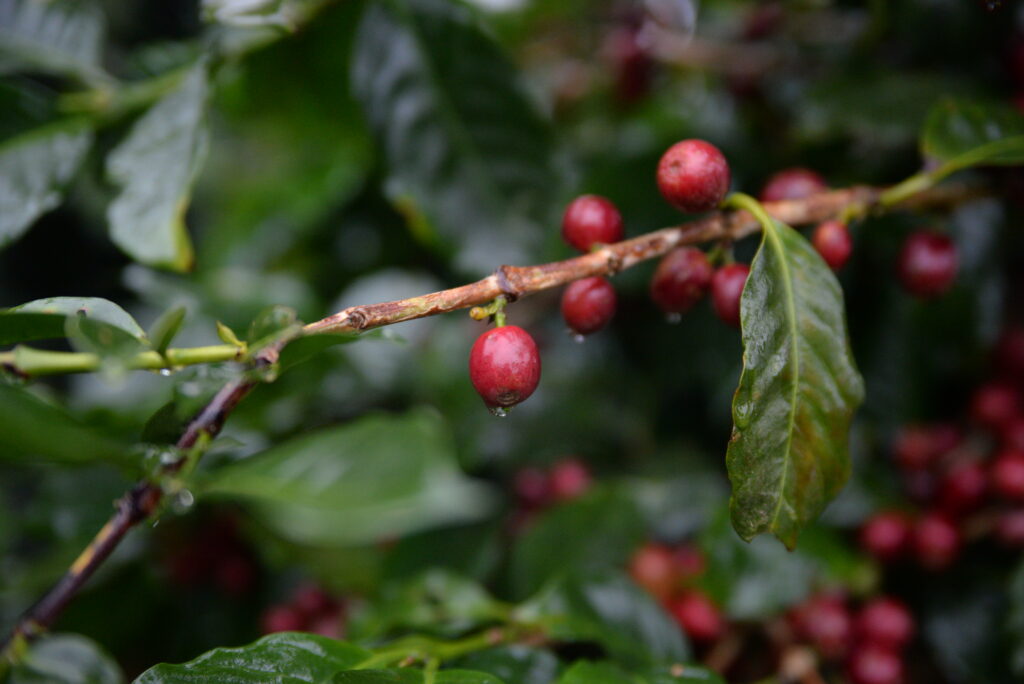
Indonesia is a nation of islands, and each island has a wide range of varieties and processing methods. There is also a processing technology that eliminates the undesirable flavor of the Catimor variety, which is common in Asia. Varieties from Myanmar have a flavor reminiscent of those from Central America, while Thailand has many young farmers and unique efforts are being made there, such as fermenting coffee beans with koji mold. Each island in the Philippines has its own unique varieties, some of which are as fragrant as the Geisha variety, which is said to be the best in the world. There is nothing but high potential in the fact that they are growing naturally.
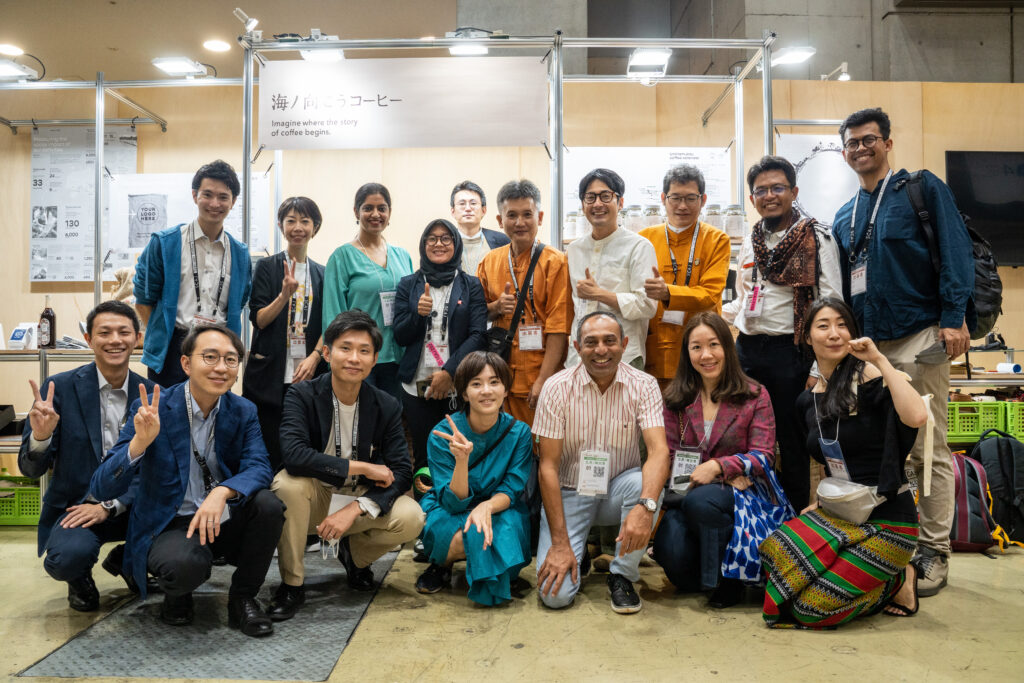
– Coffee shops have driven the first and second booms, Blue Bottle Coffee is initiating the third wave, and the fourth wave is growing as a result of the COVID-19 pandemic. Next, it seems that even more new movements will be born in Asia.
The market has matured to catch up with and overtake Starbucks, and producers are starting to open their own cafes, so I’m looking forward to what will happen. In particular, Indonesia and Thailand are attracting attention as markets because not only their production but also their consumption is increasing. Indonesian-owned coffee chains are also gaining momentum.
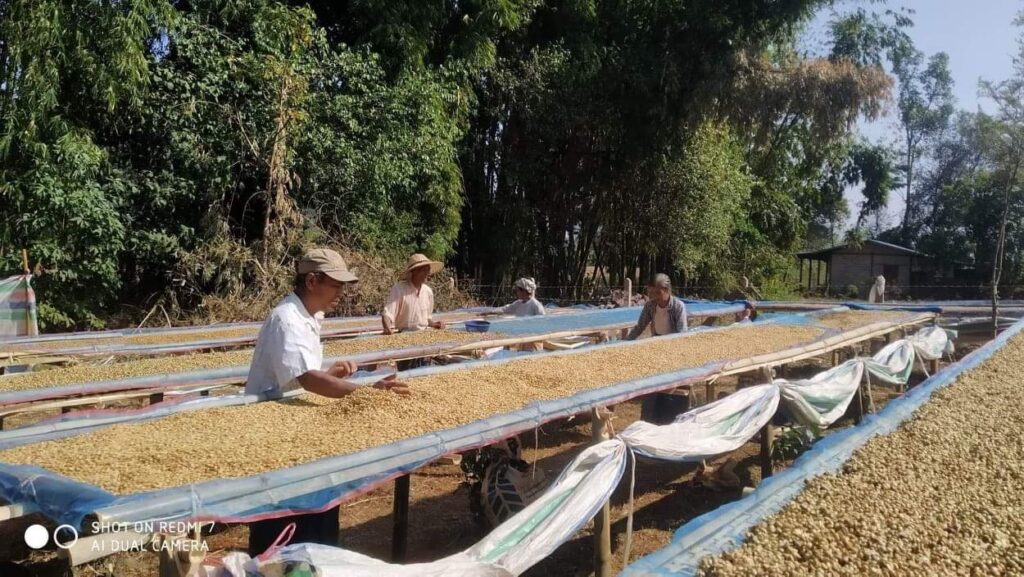
– Coffee from Myanmar is also attracting attention, isn’t it?
Although it is an attractive production area, the political situation is unstable. That’s why I want to contribute to the stability of farmers’ lives with coffee as a source of income. Recently, in 2020, we launched the Micromill Project. With donations from roasters in Japan, we have built coffee cherry washing facilities in 15 villages. Farmers not only grow coffee, but also process coffee cherries in their villages and gardens, resulting in a significant increase in market value. In addition, every year we receive feedback based on the finished product, and our local partner, Genius Coffee, provides training for the farmers, so the quality is getting even better. The connection between roasters and farmers has also deepened.
– How about Southeast Asia as an area of consumer countries?
There are many stylish cafes influenced by those in Europe, America, Japan, and Korea. While there are people who pursue quality, there is also a free coffee culture, which includes things like adding condensed milk and creating innovative drinks. Including aspects such as these, I think Asia is fun.
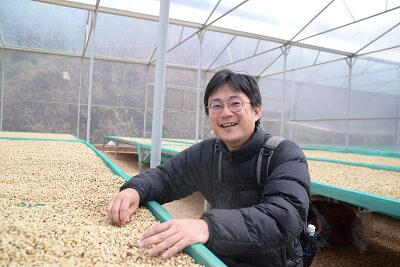
Hirofumu Yamamoto
I joined On The Slope Co., Ltd. in 2020 after being involved in numerous projects as a coffee cultivation engineer. As the person responsible for production areas in the Uminomukou Coffee Division, I am working on coffee making with farmers and partners in various production areas.
- On The Slope Co., Ltd.:https://uminomukou.com/
- On The Slope Co., Ltd. OnlineShop:https://www.on-the-slope.com/shop/products/umimuko/
- Instagram(Roasted beans):https://www.instagram.com/uminomuko_roastery/
- Instagram(Raw beans):https://www.instagram.com/uminomuko_coffee/?hl=ja
Interview and writing: Estuko Kimura
Photos: On The Slope Co., Ltd.


